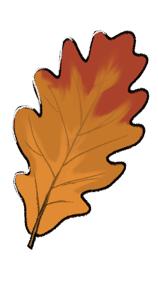Also called Leguminosae, the legume family. One of the largest families of flowering plants. The family is usually divided into three sub-families that are sometimes recognised as three separate families: Papilionaceae, Caesalpiniaceae and Mimosaceae. The three subfamilies are generally identifiable by their flowers:
Fabaceae or Papilionoideae - flowers zygomorphic (with bilateral symmetry) and papilionaceous (have banner, wing, and keel petals). Banner positioned outside wings; keel petals fused. Includes most important legume crops, including beans and peas.
Caesalpinioideae - flowers zygomorphic and may be papilionaceous. Banner positioned within wings; keel petals unfused. Includes Cercis (redbud).
Mimosoideae - flowers actinomorphic (with radial symmetry), usually borne in dense clusters and having showy stamens. Includes Acacia, Albizia, and Mimosa.
The taxonomy at dmoz.org treats these three as separate families and defines the Fabaceae narrowly - see the related links for the Caesalpiniaceae and Mimosaceae.
More information
More information
Subcategories 90
Related categories 4
Sites 5
Short description and uses.
Short description of the legume family with images and descriptions of some genera and species found in Hawaii.
International project that aims to document and catalog the world's legume species diversity. Research groups in many countries are participating on a co-operative basis.
The characteristics of this family, now separated into Caesalpiniaceae, Fabaceae, Mimosacae and Papilionaceae.
Information on the seedpods of members of this family with photographs of several.
Information on the seedpods of members of this family with photographs of several.
The characteristics of this family, now separated into Caesalpiniaceae, Fabaceae, Mimosacae and Papilionaceae.
International project that aims to document and catalog the world's legume species diversity. Research groups in many countries are participating on a co-operative basis.
Short description and uses.
Short description of the legume family with images and descriptions of some genera and species found in Hawaii.

Last update:
October 14, 2023 at 5:25:02 UTC

Check out
Arts: Literature: World Literature: British: Old English: Individual Poems: Metrical Charms
- Recently edited by tomnor1
- Recently edited by tomnor1